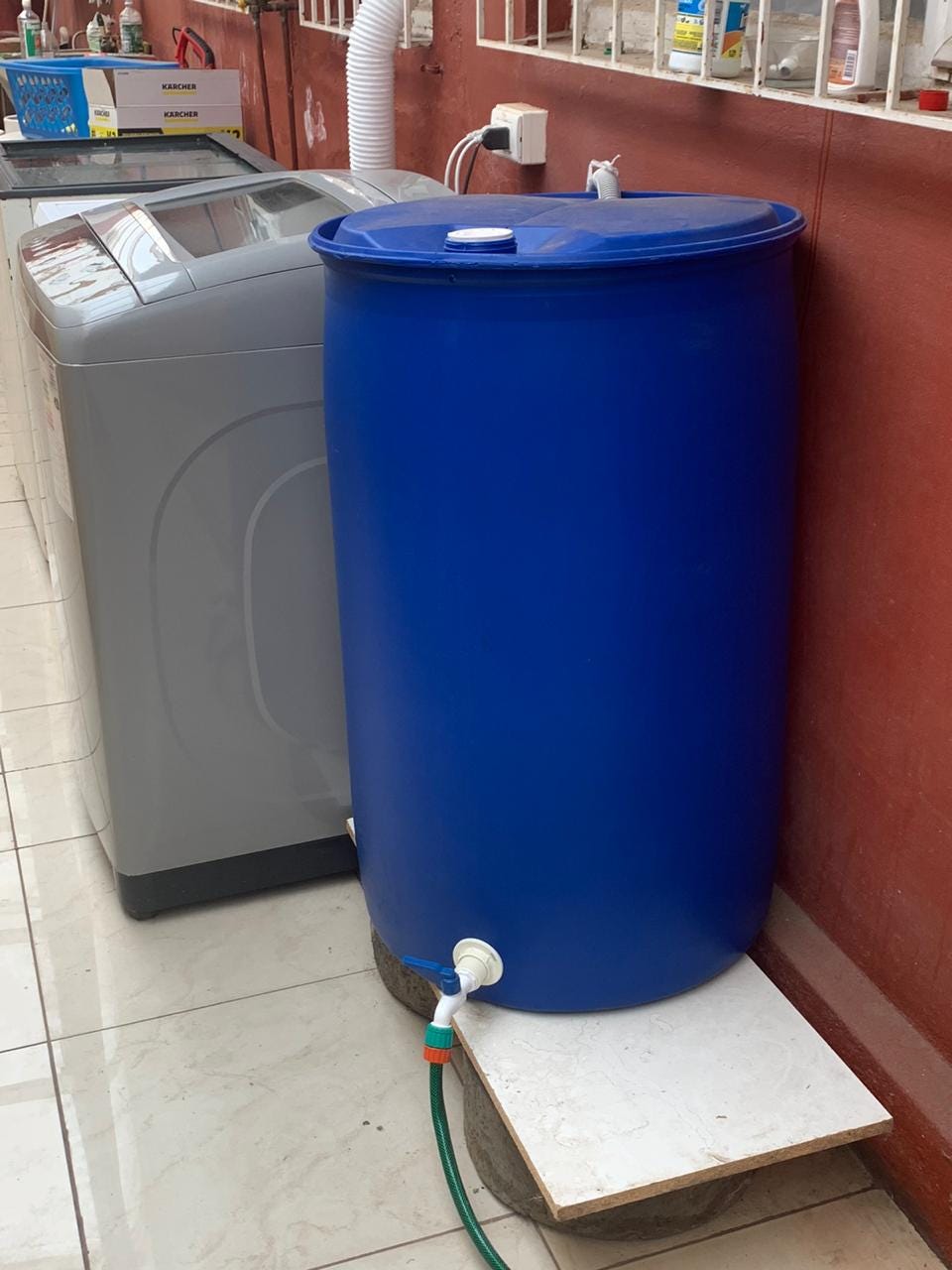Applying the 3Rs at home: Reusing to help the planet
How to implement in our homes one of the pillars of the 3Rs, Reuse.
Our Holy Trinity, as we call the 3Rs, is a three-step ladder: reuse, reduce, recycle. These three are essential when it comes to waste management, however, they have an order to follow which decreases the possibility that the waste we generate will end up incinerated or worse, in landfills representing a major threat to life and the environment.
The 3Rs, by degree of importance, could be classified as follows:
Reduce: By being aware of our consumption and buying critically, we can reduce damage long before it happens.
Reuse: Giving products not only a second chance, but hundreds of chances to avoid that they become waste when they can still be useful.
Recycle: It is about giving a second life to the materials, being previously treated, which involves an investment of electrical energy and time, in most cases.
Recycling, despite its crucial importance, should be taken as a last resort. It is a solution against waste but it brings additional negative impacts such as an increase in carbon footprint or generation of chemicals.
Because of this, the following are some actions that can be implemented in our homes to avoid having to opt directly for recycling.
Tips to start reusing at home
Having as a goal the reduction of waste generated in our homes, there are some ideas that you can implement.
Executing these ideas represents direct benefits to the health of our forests and seas:
I. Take advantage of organic waste
Starting to use organic waste is a great benefit at home, especially when you have plants and gardens. The leftovers of some food, such as eggshells, and fruit and vegetable residues, can be reused to take advantage of the nutrients they still have.
This can be done through composting, which results in a totally organic and natural fertilizer. In addition to food leftovers, dried leaves can be used.
In addition to the production of compost, these foods can be used to combat pests. In the case of eggshells, they can be used as a protective layer against certain types of pests, such as ants.
Another option that can be used is the reuse of coffee grounds for cosmetic purposes, as an exfoliator. It can also be used as a filter for wastewater, although this is a more complicated process.
Reusing food waste is of vital importance because at least 50% of the garbage that ends up in landfills is organic. This represents a wasted treasure that, when decomposing, generates greenhouse gases as well as toxic leachates in the soil.
II. Extra life to clothes
People constantly do the laundry. After a certain time of use and a few washes, people tend to replace clothes with newer ones. In fact, during these times of fast fashion, there are pieces that are constantly replaced even when they can be considered practically new.
The textile industry is one of the most damaging industries on the planet since its processes pollute large amounts of water. According to the UN, 20% of polluted water is a consequence of the textile industry.
Therefore, reusing clothes is a crucially important action in the protection of our seas and environment.
However, there are obviously some pieces of clothing that lose their useful life for the user, in that case, there are two things that can be done:
Reconvert old garments
Donate clothes
"One man's trash is another man's treasure."
In Latin America there are thousands of people who are affected by atmospheric phenomena (usually on an annual basis) and have needed both in food and clothing, so donating clothes is an action with a double impact: It helps those most in need while reducing the amount of waste that goes to landfills.

III. Reuse of aluminum, plastic, and glass containers
Just as we generate large amounts of organic waste in our homes, we generate large amounts of non-organic waste, such as metals, cardboard and the most common of all is plastic. While the quantities may be smaller, the impact they generate is far greater.
Like organic waste, these can be reused and given an extra life. For example, the aluminum cans that our canned food comes in can be used as piggy banks or as containers for coloring pencils. Another example would be to cut out plastic bottles and use them to make flower pots.
Just to mention a few of the thousands of ideas that can be found on the internet.
IV. Reuse water
In our homes there are multiple activities that require water and that in turn pollute the water, producing gray water. Some of the actions we perform are washing clothes, dishwashing, and household cleaning, among others.
Unfortunately, in some countries this water is discharged directly into the environment, affecting the life that inhabits it. Although it may not seem like it, the simple fact of reusing water at home is a benefit to nature.
Some ideas to "recycle" water can be:
Reuse water produced from laundry: You can reuse this gray water to wash the yard, and even flush toilets.
Gardening water: Naturally the soil acts as a filter for plants so reusing water does not pose a threat to them. Just remember that it is not recommended to use water with chemical products, because it can end up being harmful to plants.
Implementing these actions in our home is a simple step for us, with great importance for environmental protection.
Until next week, entropy reducers.
.
.
.
Jr Nicolas of Reduce Entropy🌍






